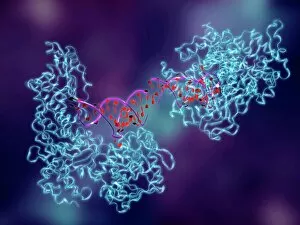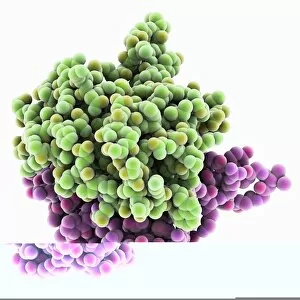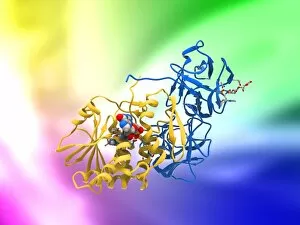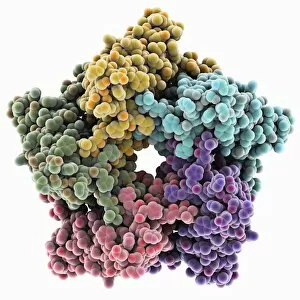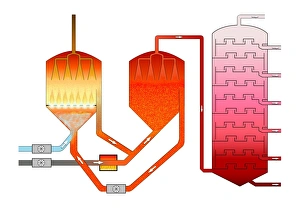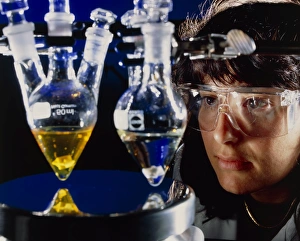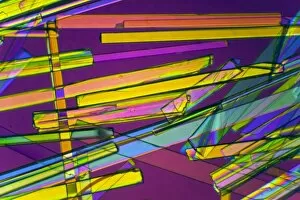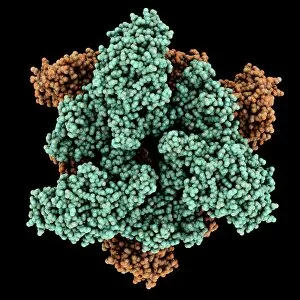Catalyst Collection
"Catalyst: Unleashing the Power of Change" From metabolic enzymes to explosive incidents, catalysts have played a pivotal role in shaping our world
All Professionally Made to Order for Quick Shipping
"Catalyst: Unleashing the Power of Change" From metabolic enzymes to explosive incidents, catalysts have played a pivotal role in shaping our world. Just like an oil refinery worker who kickstarts the transformation of raw materials into fuel, catalysts ignite reactions that propel progress. In 1898, an explosion on the SS Maine became a catalyst for America's involvement in the Spanish-American War. Similarly, the Boston Massacre of 1770 acted as a spark that fueled colonial resentment against British rule and ultimately led to armed revolution. Even individuals can be catalysts for change. Martin Luther, a German reformer and Doctor of Theology, ignited the Protestant Reformation by challenging established religious norms. Moving beyond Earth's boundaries, Greg C. Shavers at Marshall Space Flight Center harnessed technology as a catalyst for space exploration. His work propelled us towards new frontiers and expanded our understanding of the universe. Laboratory apparatus designed for oxygen production through catalytic decomposition demonstrates how science harnesses catalysts to create essential elements from simple compounds. Meanwhile, witnessing potassium combusting in water showcases how even small-scale reactions can have profound effects. But not all catalysts bring positive change; some are deadly forces lurking beneath innocent exteriors. Ricin A-chain serves as a chilling reminder of this truth - its artwork hauntingly capturing its destructive potential. Whether it is driving societal revolutions or propelling scientific breakthroughs, these diverse examples highlight how catalysts act as agents of transformation throughout history and across various fields. They remind us that even seemingly insignificant events or substances can unleash powerful waves of change when they serve as catalysts in our lives.

